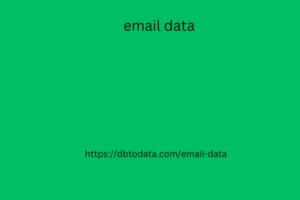Although it is an easy-to-use tool, there are some techniques that help e-commerce businesses to monitor their conversions optimally. In addition, configuring the tool correctly is essential for accurate analysis.
Want to know how to use Google Analytics for e-commerce? Check out the step-by-step guide we’ve prepared to help you create your account and monitor the reports provided by the platform!
1. Create an account
The only users who are enabled to use Analytics are those who have an account on the Google platform. Therefore, we will begin our tutorial by helping you create your page on the tool.
Access the registration website and fill in the requested information with your details. After confirming your identity, you must create an account on the Analytics platform . To do this, go to the tool page and click on “create an account”.
Google will then redirect you
The next window and request that korea email list you register with Analytics again. Once you have completed this process, you will be able to monitor the analyses performed on your e-commerce site. However, the process doesn’t stop there!
Once you have created your profile in the tool, it is time to register your website to start monitoring user access. To configure your page, look for the “Website” tab and fill in the necessary information.
2. Configure the website profile as an e-commerce
With the configuration and the code copied to your page, you agb directory need to go back to Analytics and access the future of online banking and insurance in spain the tools section of the platform. There, you need to change some information, informing Google that the site is an e-commerce site, so that your analysis can be performed correctly.
In “main site profile information” there is a question that says “ e-commerce website ”, and you must select the “yes” option. Also confirm that the e-commerce currency is displayed in reais.

